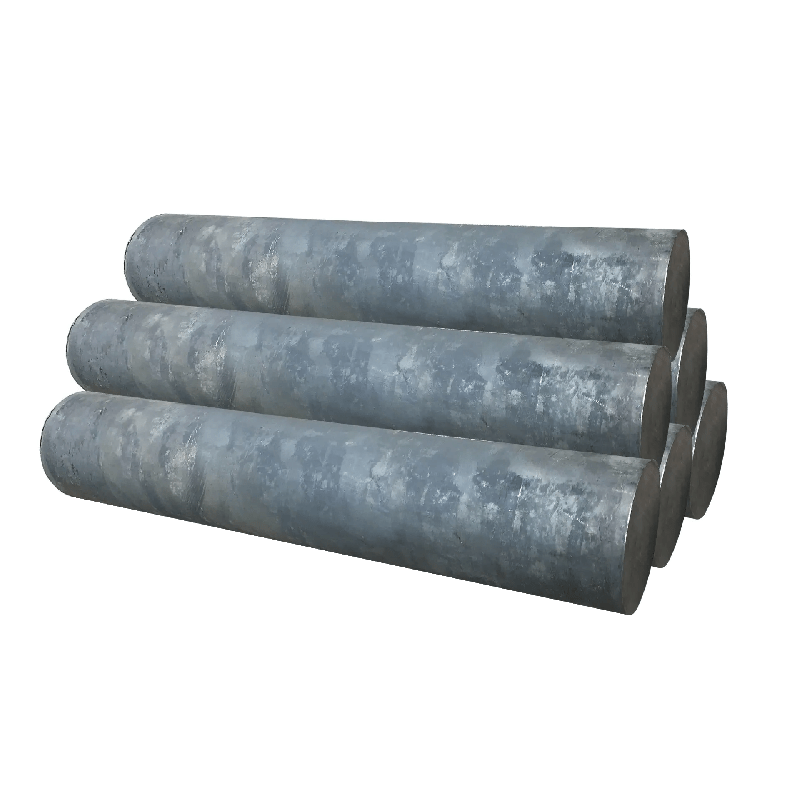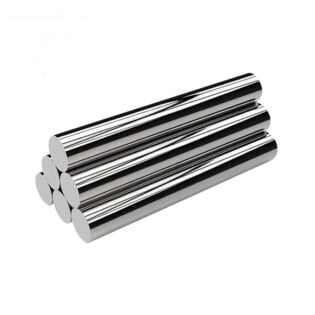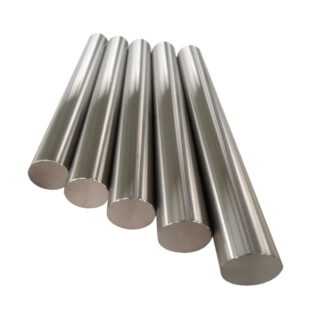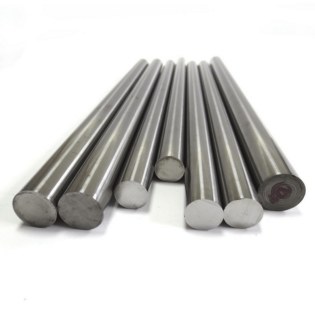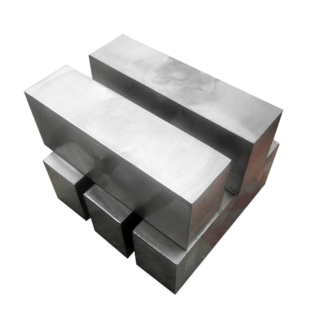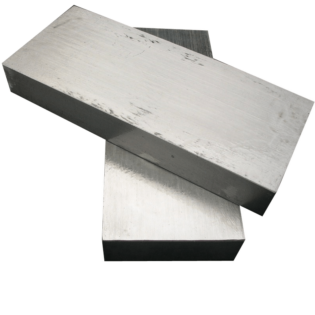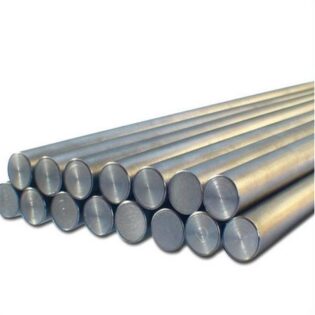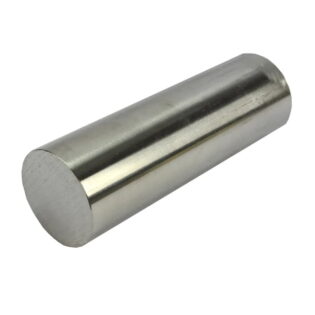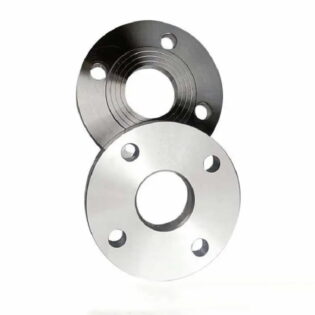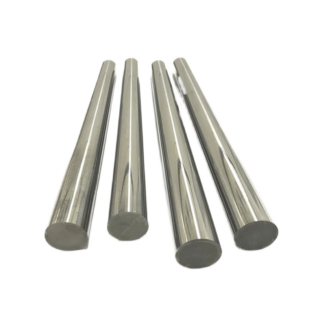Hastelloy B-3 (Níquel B-3) Tira, Folha, Fio, ASTM B333
FORMULÁRIOS
Componentes de aeronaves, fornos e processos químicos, favos de mel e componentes de seções de combustão de turbinas a gás
DESCRIÇÃO
Hastelloy® B-3 é uma liga de níquel-molibdênio com excelente resistência à corrosão por picada, corrosão e trincas por corrosão sob tensão, além de estabilidade térmica superior à da liga B-2. Esta liga também possui grande resistência ao ataque de facas e zonas afetadas pelo calor. A estabilidade térmica melhorada da liga B-3 minimiza os problemas associados à fabricação de componentes da liga B-2. Isto se deve à tendência reduzida de precipitar fases intermetálicas deletérias na liga B-3, proporcionando assim maior ductilidade do que a liga B-2 durante e após várias condições de ciclagem térmica.
Superliga à base de níquel Hastelloy B-3
Hastelloy B-3 é uma liga de níquel-molibdênio com excelente resistência à corrosão por picada, corrosão e trincas por corrosão sob tensão, além de estabilidade térmica superior à da liga B-2. A liga Hastelloy B-3 é um novo membro da família de ligas de níquel-molibdênio. Possui excelente resistência à corrosão ao ácido clorídrico em qualquer temperatura e concentração. Ao mesmo tempo, também possui boa resistência à corrosão ao ácido sulfúrico, ácido acético, ácido fórmico, ácido fosfórico e outros meios não oxidantes. Além disso, devido ao ajuste da sua composição química, a sua estabilidade térmica foi bastante melhorada em comparação com a liga Hastelloy B-2 original. A liga B-3 tem alta resistência à corrosão por pite, corrosão sob tensão, corrosão por faca e corrosão na zona de soldagem afetada pelo calor.
Comparada com a liga Hastelloy B-2, a maior vantagem da liga B-3 é que ela ainda pode manter excelente tenacidade quando exposta a temperatura média por um instante. Essa exposição geralmente ocorre regularmente durante o tratamento térmico de processamento. Quando exposta a uma temperatura de 700°C por um curto período de tempo, a liga B-2 é muito fácil de fragilizar, enquanto a liga B-3 apresenta resistência significativa à fragilização e pode fazer essa exposição por várias horas. Isso proporciona grande conveniência para a liga ser transformada em peças complexas, como dispositivos de conformação. A liga Hastelloy B-3 pode ser usada para todos os fins da liga B-2 anterior. Assim como a liga B-2, o Hastelloy B-3 não é recomendado para uso em ambientes onde existam sais de ferro trivalente e cobre divalente, porque esses sais causarão rapidamente danos por corrosão. Quando o ácido clorídrico entra em contato com ferro e cobre, it chemically reacts with iron and copper salts.
Hastelloy B-3 Chemical Composition:
| Dentro | Mo | Fe | C | Companhia | Cr | Mn | E | Do | C | Al | Cu |
|---|---|---|---|---|---|---|---|---|---|---|---|
| 65.0 min | 28,5 | 1,5 | 00,01 máx. | 3,0 máx. | 1,5 | 3,0 máx. | 00,10 máx. | 00,2 máx. | 3,0 máx. | 00,50 no máximo | 00,20 no máximo |
Hastelloy B-3 Mechanical Properties:
- Tensile strength(Rm N/mm2): ≥ 760
- Yield strength(RP0.2N/mm2 ): ≥ 350
- Elongation(A5%): 40
Advantage:
- Control the minimum content of iron and chromium to prevent the formation of β-phase Ni4Mo
- Excellent corrosion resistance to reducing environment
- Excellent resistance to medium-concentration sulfuric acid and many non-oxidizing acids
- Very good resistance to chloride ion reduction stress corrosion cracking (SCC)
Hastelloy B-3 (N10675) welding and processing:
1. Material analysis:
As propriedades mecânicas de Hastelloy B3 (N10675) Folha Hastelloy em estado de solução sólida: à medida que a temperatura de aquecimento aumenta, sua resistência à tração, resistência ao escoamento e módulo de elasticidade diminuirão, enquanto o alongamento, coeficiente de expansão térmica, condutividade térmica e calor específico aumentam ligeiramente; e com o aumento da taxa de deformação a frio, a dureza, a resistência à tração e a resistência ao escoamento aumentam, e o alongamento diminui.
2. Características de formação: Após análise, as características de formação do Hastelloy B3 incluem principalmente:
- O material Hastelloy B3 possui uma alta taxa de alongamento, o que cria condições favoráveis para a conformação a frio.
- Hastelloy B3 material is harder than austenitic stainless steel, and has a more obvious tendency to work hardening, so it needs more pressure during cold forming or step-by-step forming.
- When the cold forming deformation rate of Hastelloy B3 material is less than 10%, it will not affect the corrosion resistance of the processed parts, but in the welding process, the existence of residual stress may cause hot cracks in the weld. Therefore, for the workpieces that need to be welded in the later stage, the effect of residual stress should be eliminated as much as possible.
- A conformação a frio severamente deformada aumentará a taxa de rendimento do material Hastelloy B3 e aumentará a sensibilidade à corrosão sob tensão e rachaduras. Processos de tratamento térmico intermediário e final são frequentemente utilizados.
- O material Hastelloy B3 é muito sensível a meios oxidantes e enxofre, fósforo, chumbo e outros metais de baixo ponto de fusão em altas temperaturas.
